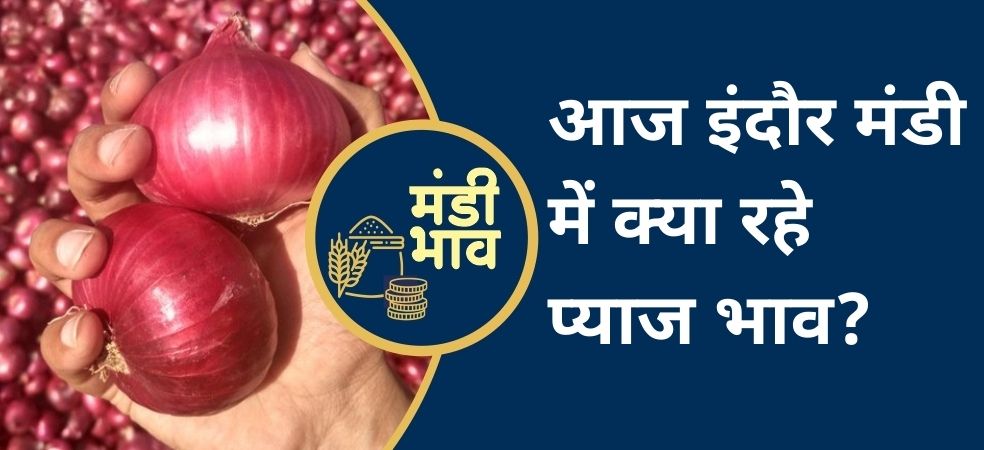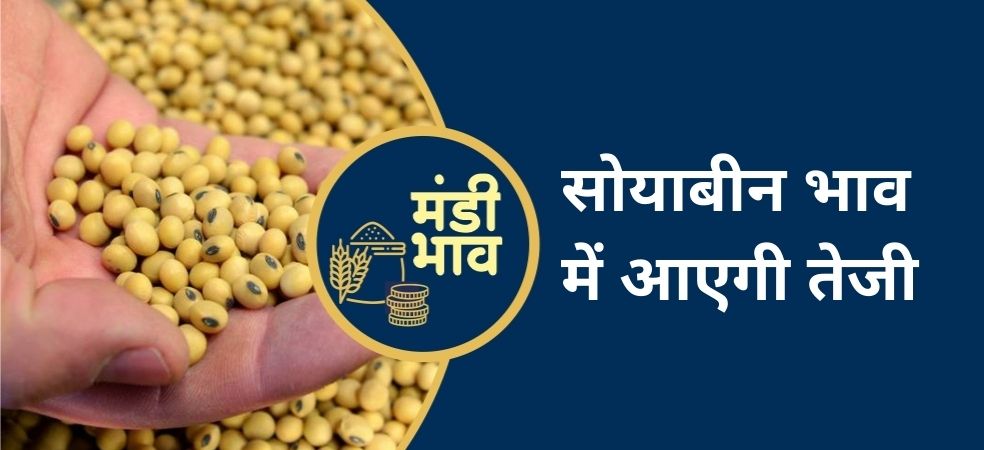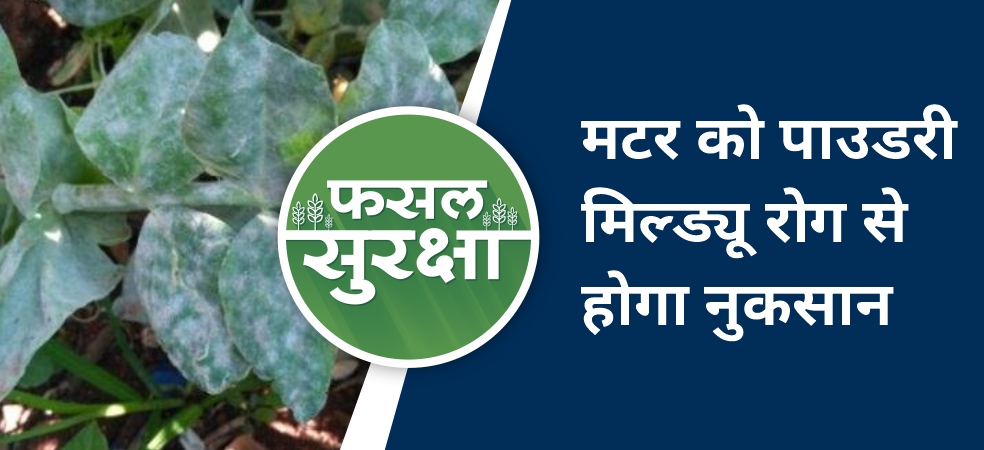In order to increase the income of the farmers, many important schemes are being run by the National Rural and Agriculture Development Bank-NABARD. In this episode, this time under the Amrit Mahotsav of Azadi, State Debt Seminar 2022-23 was organized by the Madhya Pradesh Regional Office of NABARD. In this event, the issue of increasing the income of the farmers was discussed.
During the event, information was given on investment in the agriculture sector of Madhya Pradesh and on the subject of loans to be provided to the farmers. The Chief General Manager of NABARD, Smt. TS Rajigen, who was present at the event, told the Finance Minister of Madhya Pradesh, Mr Jagdish Deora, that crop loans and agricultural term loans are being increased in the state. With this move, more farmers are expected to get crop loans at zero percent interest this year.
Source: Kisan Samadhan
ShareKeep reading daily for more important information on your needs like Gramophone articles and post photos of your farming problems in the community section and get advice from agriculture experts.








